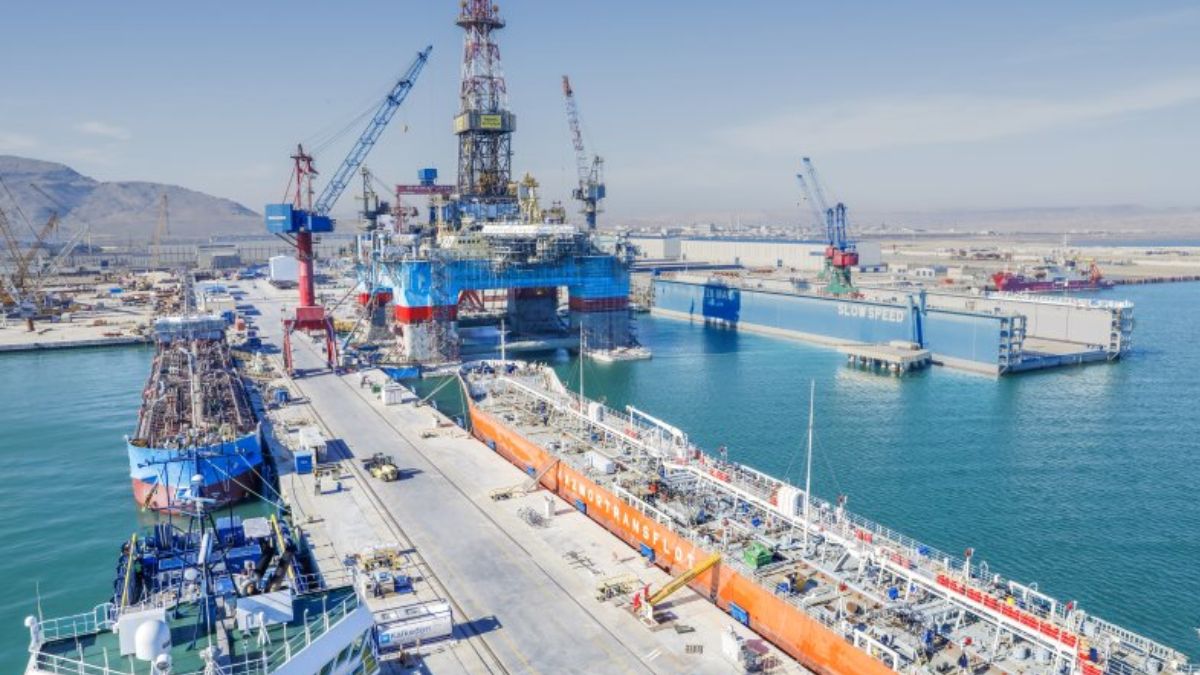 Image credits: EU Reporter
Image credits: EU Reporter
The United Shipbuilding Corporation (USC) has unveiled plans to collaborate with the Baku Shipyard in a significant initiative to construct modern tankers. This strategic partnership represents a major advancement in the development of river-sea class vessels and is poised to enhance the maritime capabilities of both Russia and Azerbaijan.
According to a statement from USC’s press service, the collaboration will focus on the implementation of Project 19900M. This cutting-edge design, developed by USC, aims to produce advanced tankers that will feature large-size equipment. The initial assembly of these components will take place at USC facilities, with the final construction and outfitting completed at the Baku Shipyard. This cooperative approach is designed to leverage the expertise and capabilities of both shipyards, optimizing the construction process and ensuring adherence to high standards of quality and innovation.
Project 19900M represents a notable advancement in tanker design, incorporating enhanced environmental safety and advanced automation features. The tankers will be equipped with twelve cargo tanks, providing a total capacity of up to 8,870 cubic meters. A standout feature of this design is its versatility in transporting a range of petroleum products without constraints related to flashpoints. This flexibility makes the tankers suitable for handling various types of cargo, enhancing their operational utility across different maritime routes.
The innovative nature of Project 19900M is expected to play a crucial role in supporting Russia’s export program for oil and petroleum products. Specifically, these advanced tankers will facilitate transportation along key routes in the Azov-Black Sea and Caspian regions. By integrating state-of-the-art technology and engineering practices, the project aims to boost transportation efficiency while adhering to rigorous environmental safety standards.
